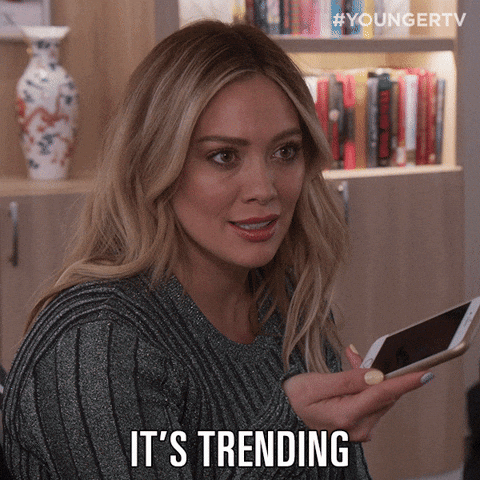Shop the Spring Trends
The word trend often gets a bad wrap. I frequently hear from my clients that they don't want to be trendy. Let's break down what this really means...
I think often women feel intimidated by current styles and trends. They see them being worn by younger people and think that if they wear styles like that, they'll be perceived as trying too hard or not dressing their age. This couldn't be further from the truth.
Dressing on trend is simply a way of saying that your wardrobe is current. That your wardrobe reflects current silhouettes and styles that feel modern. Unfortunately, it's not enough to just purchase new pieces, because stores often sell outdated styles. When it comes to buying, retailers stock their shelves with what sells, and often this means outdated items. To give your wardrobe a modern update for the season, it is important to understand the trends. (You can still purchase the replay of my Spring trends masterclass here).
Wearing updated styles and silhouettes projects an image that says you're up to date and relevant... which also translates to your skill set. In other words, if your style looks dated, people will assume that your skillset is too. Understanding the trends early on also provides a greater return on your investment because you can wear the item for longer. I think often many women complain about 'chasing the trends' because they resist adopting them when they first came out.
If you're worried about knowing whether an item will be 'out' next season, ask yourself if the item is a macro or micro trend. A macro trend is often seen in a way of styling or silhouette. A micro trend is a nuance of a macro trend. For example, wide leg denim is a macro trend, while cargo pockets on a wide leg is a micro trend. If a micro trend really speaks to you, don't be afraid to try it! In general, it’s the micro trends that come and go each season.
Check out this week's edit here for a roundup of some of my favorite trends this season with all items under $300.







